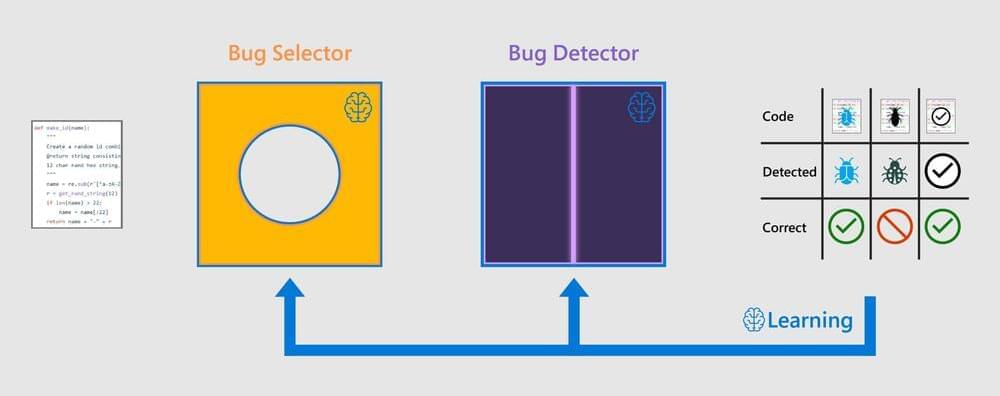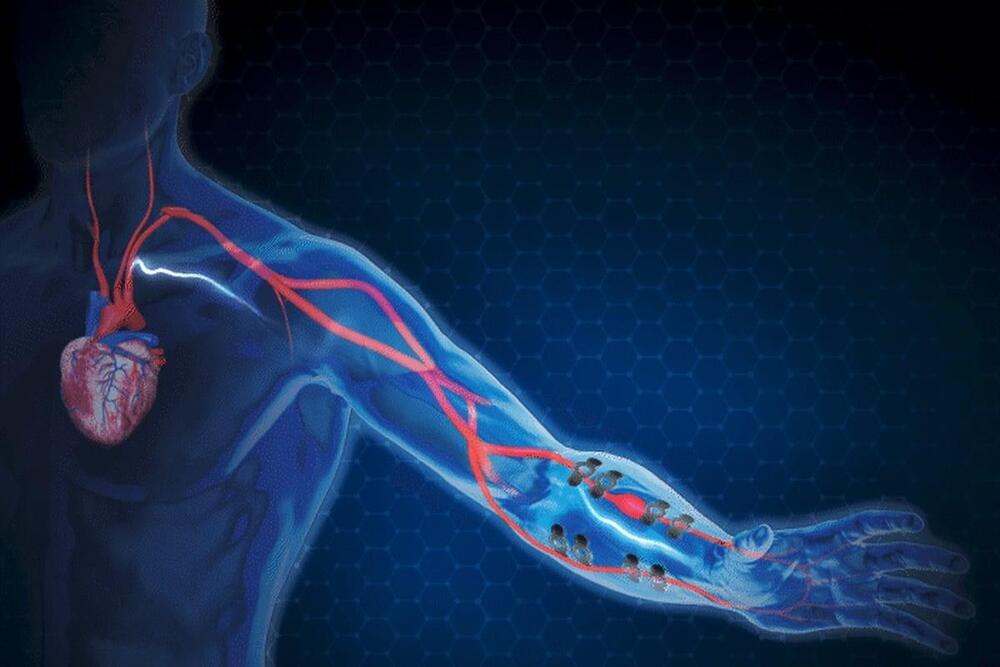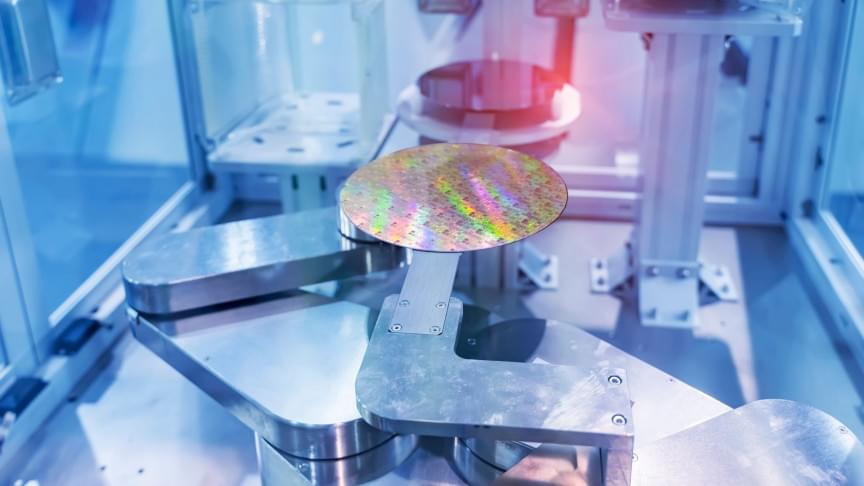How they derive from General Relativity, the various different types and theories, and some under-considered uses of wormholes. We’ll also discuss some myths and misunderstandings of the concept.
Support the Channel on Patreon:
https://www.patreon.com/IsaacArthur.
Listen or Download the audio of this episode from Soundcloud:
https://soundcloud.com/isaac-arthur-148927746/ftl04-wormholes.
Cover Art by Jakub Grygier:
https://www.artstation.com/artist/jakub_grygier.
Matt Visser’s 1989 paper “Traversable wormholes: Some simple examples”:
https://arxiv.org/abs/0809.





